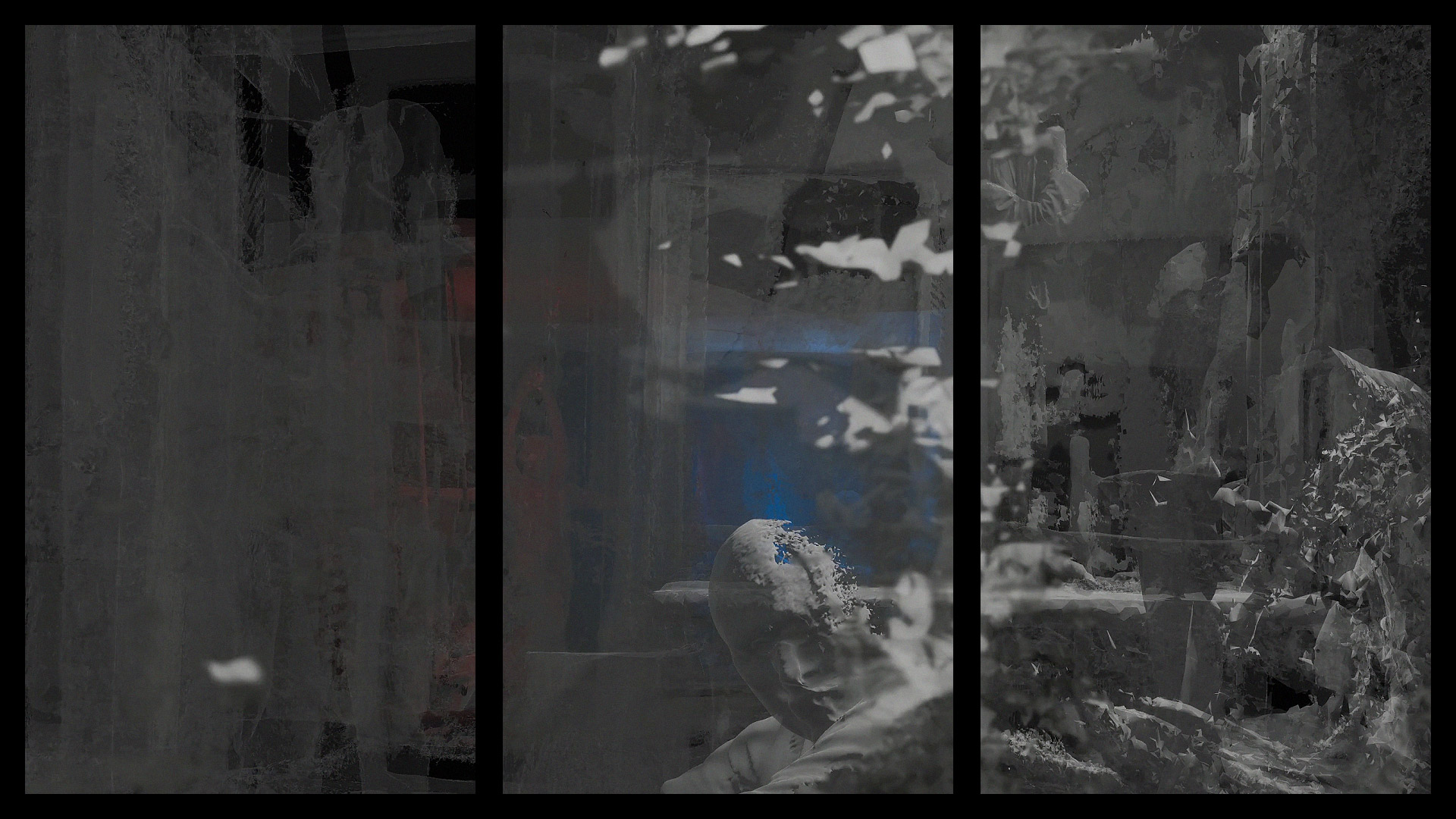Nathan Bayliss
Nathan Bayliss is an artist and researcher whose work focuses on society's relationship with the technologies that shape human experience.
Nathan uses speculative fiction as a conceptual frame and research method, combining this with a palette of machine learning, mixed reality (AR & VR) and digital forensic practices. Through the interweaving of these strands his work asks: how can we better understand the technologies that invisibly reconfigure contemporary life? And how may these technologies be re-purposed to tell down to earth, personal stories.
Born in Australia, Nathan Bayliss moved to London in 2008 and now works from a studio in Hackney, East London. His work Dubrovnik Ghost Series has been featured at Somerset House (HDI Workshop: ‘Art, AI-created content, & industrial/cultural effects’, 2019) and he is exhibiting Robin Hood Gardens: Rewound at Trajectories III, Watermans Gallery, October 2020.
Nathan Bayliss
Nathan Bayliss is an artist and researcher whose work focuses on society's relationship with the technologies that shape human experience.
Nathan uses speculative fiction as a conceptual frame and research method, combining this with a palette of machine learning, mixed reality (AR & VR) and digital forensic practices. Through the interweaving of these strands his work asks: how can we better understand the technologies that invisibly reconfigure contemporary life? And how may these technologies be re-purposed to tell down to earth, personal stories.
Born in Australia, Nathan Bayliss moved to London in 2008 and now works from a studio in Hackney, East London. His work Dubrovnik Ghost Series has been featured at Somerset House (HDI Workshop: ‘Art, AI-created content, & industrial/cultural effects’, 2019) and he is exhibiting Robin Hood Gardens: Rewound at Trajectories III, Watermans Gallery, October 2020.
